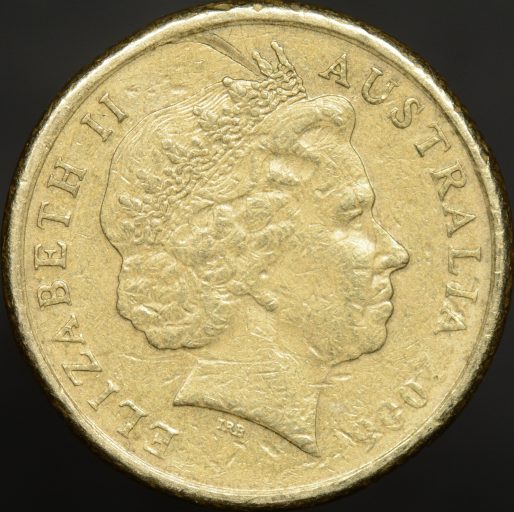
At the meeting of the NSSA held on 16 March 2017 a member showed the above coin. Here’s the member’s description of the item in question.
I am showing a 2006 $2 coin that was found when noodling through bulk coins. Close examination of the obverse rim at about 11 o’clock shows a spur running from the rim to a point just above the Queen’s crown. This is a rolled in ‘cold shut’. Cold shut is a term that is used in metal casting to describe part of the casting that has not bonded correctly to the surrounding metal due to reasons such as temperature differences, gas inclusions, or alloy impurities. The ‘cold shut’ here was most likely formed during the hot rolling of the aluminium bronze strip prior to the forming of coin blanks. It’s not unusual for this sort of cold shut to actually fall out after the coin is struck or during the time it was in circulation. In the case of this coin the metal is still well and truly attached.
This type of error is more commonly called a rim burr or rim spur. Sometimes it might be called a ‘struck in rim spur (or burr)’. It’s an interesting type of error that is seen relatively often on Australian aluminium bronze coins with the rim spur in place or detached.
